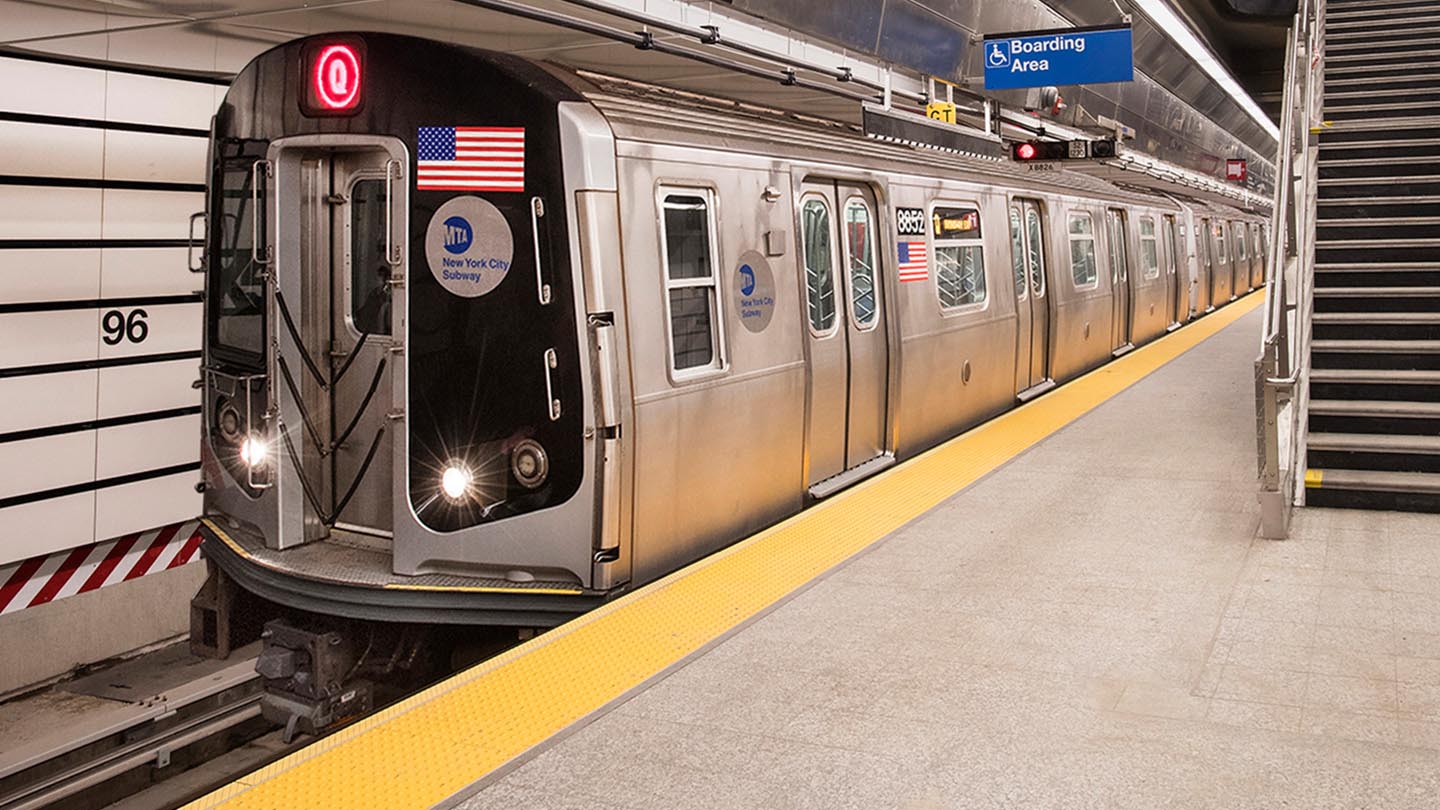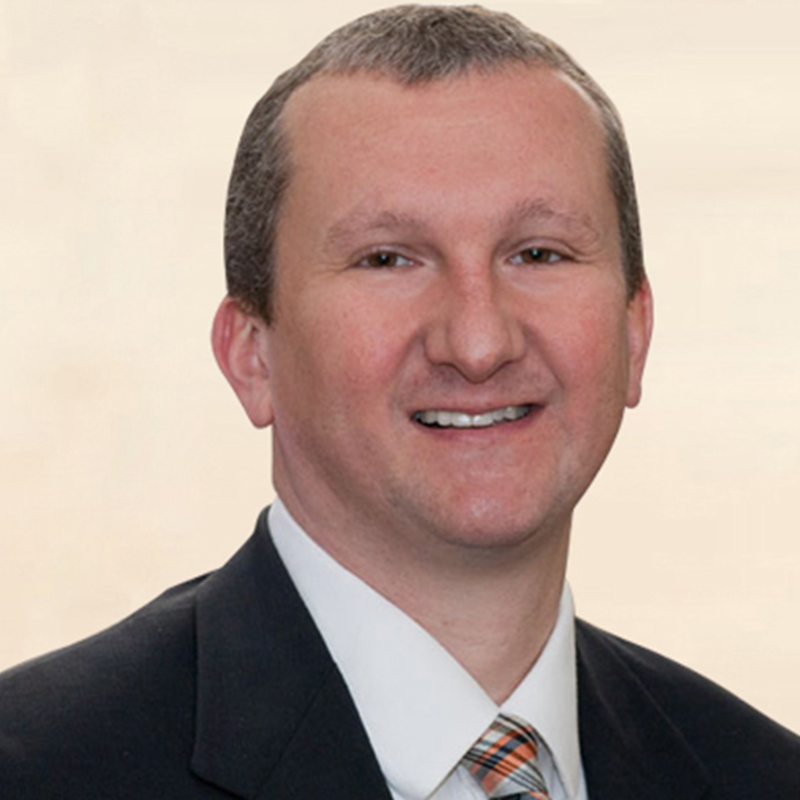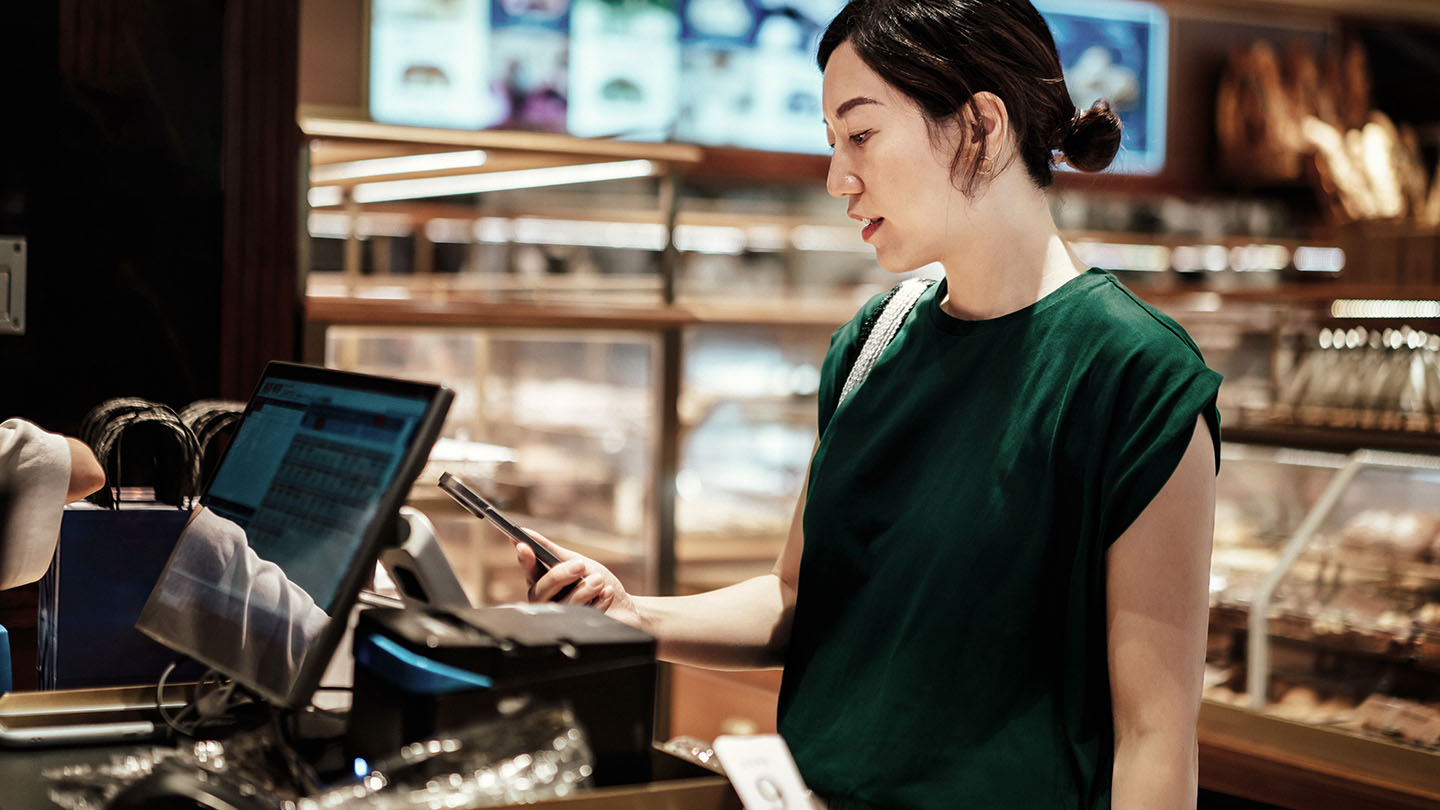
7 min read
About
As North America’s largest public transportation network, the Metropolitan Transportation Authority (MTA) keeps more than 20 million New York metro area residents continuously moving forward. In 2019, annual subway ridership exceeded 1.6 billion and annual bus ridership topped 600 million.
MTA is committed to providing the New York metro area with fast, efficient, and secure bus, subway, rider rail services, and para-transit services through hundreds of stations located throughout New York, Long Island and Connecticut.
Improving the speed, convenience and efficiency of public transportation networks isn’t just about upgrading rail lines, using autonomous vehicles or getting riders to their front door with ride sharing services. The process begins before riders board a bus or get to the subway turnstile — with payment systems that save precious seconds and offer universal access for out-of-town passengers.
The challenge
MTA has continuously sought to identify and implement solutions that optimize fare collection and make their transportation network more convenient and efficient. While each iteration has offered more options for riders and reduced collection costs, there remained room for improvement.
MTA saw the potential for contactless fare collection to improve the overall experience for regular riders, reduce friction for tourists and infrequent riders and improve operational efficiency in the process.
What makes transit payments unique?
-
Open loop acceptance
-
Deferred authorization
-
First ride risk
-
Transaction aggregation
-
Application transaction counter (ATC)
-
Unique considerations for customer service
The solution
In 2016, MTA began planning to sunset the MetroCard and replace it with a contactless system. To help make the transition, MTA worked with J.P. Morgan and other industry leaders. In addition to creating the first ever specification for a transit transaction model with the world's largest payment processing brands, Chase card issuing initiated a major card re-issuance focused on getting contactless cards into the hands of Chase card customers in the New York region. Other major card issuers followed suit and re-issued contactless-enabled cards.
Meanwhile, J.P. Morgan partnered with MTA to educate the public and raise awareness of the convenience and safety of getting on board with contactless payments. The rollout of One Metro New York's (OMNY)'s payment infrastructure, began at a limited number of stations in May 2019 and was completed in December 2020.
The results
OMNY is available throughout New York City. Based on rider adoption, contactless payments are gaining a steady following and tap to pay on MTA has increased more than 225% since the start of 2021.3
As a leader in both card issuing and merchant services, J.P. Morgan is uniquely positioned to help transit authorities implement and manage this new era of payments. We not only understand the unique concerns and challenges of transit authorities—we have worked with major payment brands to create an industry standard for addressing them.
Not all products and services are available in all geographic areas. Eligibility for particular products and services is subject to final determination by JPMC and or its affiliates. This content does not constitute a commitment by any JPMC entity to extend or arrange credit or to provide any other products or services and JPMC reserves the right to withdraw at any time. All services are subject to applicable laws, regulations, and applicable approvals and notifications.
The views and opinions expressed herein are those of the author and do not necessarily reflect the views of J.P. Morgan, its affiliates, or its employees. The information set forth herein has been obtained or derived from sources believed to be reliable. Neither the author nor J.P. Morgan makes any representations or warranties as to the information’s accuracy or completeness. The information contained herein has been provided solely for informational purposes and does not constitute an offer, solicitation, advice or recommendation, to make any investment decisions or purchase any financial instruments, and may not be construed as such.
JPMorgan Chase Bank, N.A. Member FDIC.
JPMorgan Chase Bank, N.A., organized under the laws of U.S.A. with limited liability.
Contributors

Matt Leman
Head of Public Sector Business Development, Payments
Deposits held in non-U.S. branches are not FDIC insured. All rights reserved. The statements herein are confidential and proprietary and not intended to be legally binding. Not all products and services are available in all geographical areas. Visit jpmorgan.com/paymentsdisclosure for further disclosures and disclaimers related to this content.







